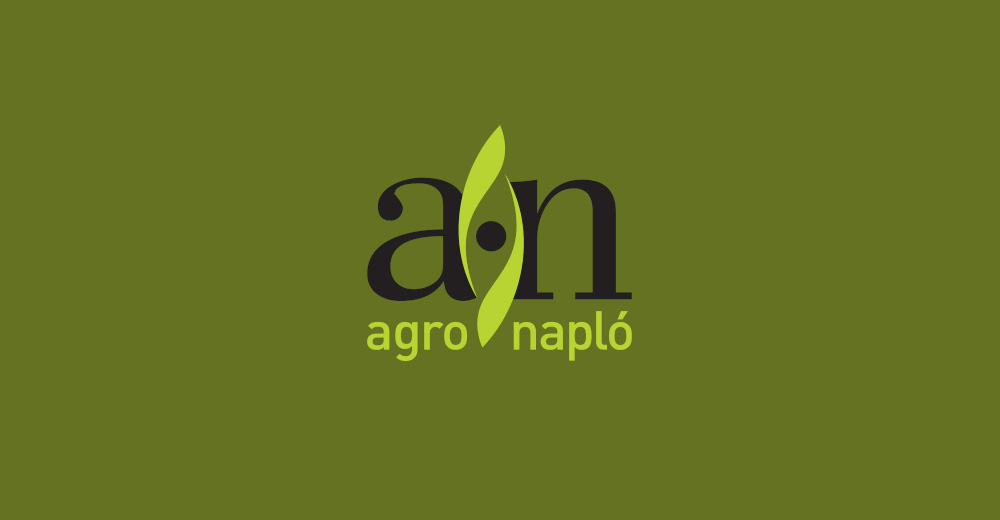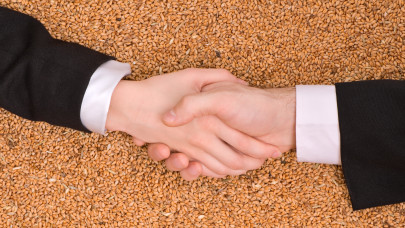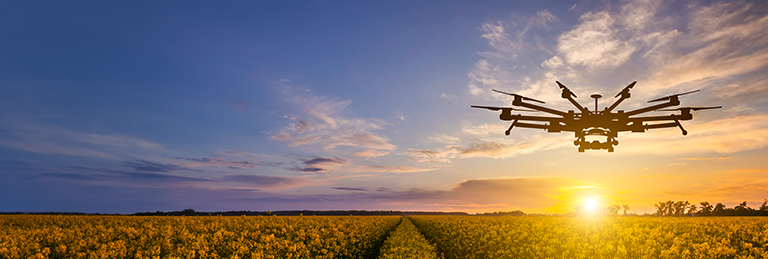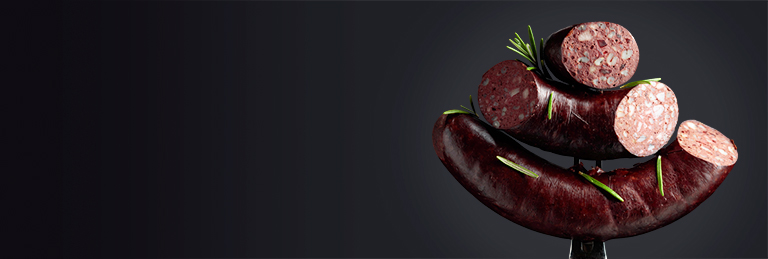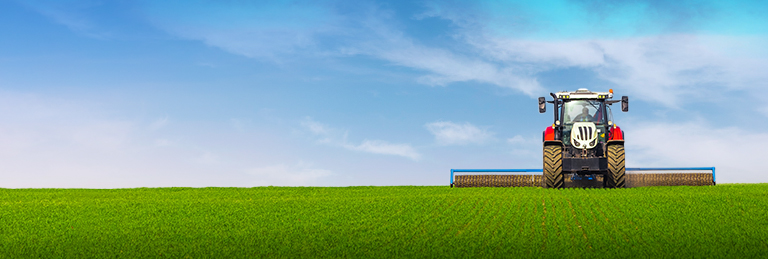SIGNO 4.0 from BAUER: The control of the future
Compatible agricultural electronic tool with many advantages in the control area
With the new SIGNO 4.0, BAUER is taking its agricultural electronics offering to a new level: Significantly larger quantities of data can now be processed, and the tractor and tanker are much more compatible.
Digitalization has long since made its mark in the slurry area. Previously, however, the electronic control of the machinery struggled with obstacles: many different electronics boxes, diverse connectors and data formats made life difficult for users. A solution has arrived in the form of the cross-company Competence Center ISOBUS (CCI), which is ushering in international standards. The BAUER Group, with its subsidiaries BSA and ECKART, has been a member of this network of providers since the start of the year. Together, the companies are ensuring cooperation in the area of agricultural electronics, making tractors and equipment more compatible.
With ISOBUS, individual hydraulic cylinders or electric motors are no longer controlled individually with levers and switches; instead, a single cable is sufficient to send commands to the device. The job computer then controls the necessary hydraulic valves or starts electric motors. BAUER now presents one successful implementation with the current SIGNO 4.0. The onboard computer is equipped with the newest generation of job computer for especially high processing power. Applications with large data quantities can be reliably realized.
Easier to use – fewer operating errors
The operating terminals of the SIGNO 4.0 are available as button terminals or touch terminals. New on the button terminal is an additional rotary knob that enables faster inputting of values. The symbols are intuitively adapted to the suction and spreading technology to minimize operating errors and considerably simplify the use of the complex slurry tanker components.
Integrated nutrient analysis
The nutrient analysis system SIGNO ID was also integrated into the job computer and is an example of a technology that requires the processing of large volumes of data in an extremely short time. With SIGNO ID, the composition of the nutrients can be measured within seconds and the spreading quantity regulated automatically in the field. For example, this allows the vehicle operator to define the desired quantity of nitrogen, and the spreading quantity is adapted accordingly.
The SIGNO 4.0 has also been prepared for future development steps and features, making it a modern and forward-looking modular solution. Also new at BAUER: the existing comfort control has been completely revised. It will now be marketed under the name SIGNO-Comfort and will be operated via mechanical buttons or toggle levers. The SIGNO-Comfort is inherently prepared for the expansion to SIGNO 4.0, allowing it to be expanded later into an ISOBUS control.
BAUER presents new separation solutions
Organic waste such as slurry or Industrial slurries containing solids can be effectively utilized to save money
Wherever organic waste is produced, separation technology from BAUER helps users protect the environment while saving money: Separating slurry or sludge into its solid and liquid phases reduces the waste volume, simplifies disposal and enables recycling or utilization of the substrate. The technology leader BAUER offers a wide product range in this area: From the compact separator S300 to the classic machines S655/S855 and the S855 GB (“Green Bedding”), which is optimized to produce bedding for cattle. All separators are also available in the mobile “Plug & Play” variant.
The separators from BAUER, which is headquartered in Voitsberg, Styria, enable the fully automatic separation of waste substrate into liquid and solid phases and are used in agriculture and industry. The results are time savings and the avoidance of high investment and disposal costs in the agricultural, pharmaceutical and food industries as well as at slaughterhouses, distilleries and municipal water treatment plants. This is made possible by the significant reduction in the waste volume (15-30%). In addition, the liquid phase can be more easily distributed on the field or further treated in treatment plants, for example. The use of the solid phase as fertilizer or as a basis for compost is also a possibility.
S300: An economical solution for wastewater treatment for small operations
For small companies, BAUER offers the new small separator S300: The newest model of the product family weighs only 220 kg with a footprint of 1.3 x 0.5 m and a height of less than 90 cm (including overflow hose and galvanized stand), making it more than suited for its role as a compact unit. Despite these small dimensions, the S300 can deliver throughput of up to 16 m³ per hour. The low purchase costs, the simple setup and the high quality of the components make the S300 a sensible investment for applications at this scale.
S655/S855: Numerous potential uses – including in industrial applications
For users with moderate to high waste volumes, BAUER offers the separators S655 and S855. These machines separate 10 to 25 m³ (S655) or 15 to 35 m³ (S855) of substrate per hour and guarantee energy-efficient separation of the organic fertilizer. The throughput varies depending on the age, dry matter content and consistency of the waste. The liquid phase (70-85%) is optimally suited for spreading with pipe and hose systems. The solid phase (15-30%) – self-composting, odorless, stackable and therefore easy to store – can be sold as fertilizer or compost, for example.
S855 GB: “Green Bedding” separator for recognized bedding quality
The use of separators for processing slurry into bedding for dairy cattle is growing increasingly common. With the help of the “Green Bedding” model, the moisture level, volume and consistency of the starting material are changed to produce high-quality yet inexpensive organic bedding. A high dry matter content in the solid phase is critical for hassle-free use as bedding. The BAUER S855 GB ensures a constant DM content of up to 36% – a level that has been shown not to increase the risk of mastitis.
In contrast to previously used bedding materials such as straw, sawdust, rubber mats or sand, the “Green Bedding” variant does not generate high costs either for procurement or disposal. The resulting bedding is also optimally accepted by the animals and offers a high level of comfort. Both criteria have a significant impact on the milk output.
“Plug & Play”: Efficient and mobile separators
The separators S655, S855 and S855 GB are also available in mobile designs: The “Plug & Play” separator systems from BAUER are compact units in which all components are packed into the smallest possible space: from the intake pump and the media lines to the electronic control. Once connected to a power socket, these compact space-savers immediately and efficiently separate the solid from the liquid phase.
The complete systems are each driven by BAUER HelixDrive pumps.
Optimal for use in multiple operations
With their mobility and quick readiness for operation, the “Plug & Play” systems from BAUER are particularly useful investments for machinery cooperatives and rental companies.
New: Two-chamber system for polyester tankers
Eckart presents the well-proven SLE system for maximum traction during slurry spreading
The specialist in polyester tankers, Eckart Maschinenbau, Schaufling, is presenting the first vacuum-based 2-chamber system for polyester tankers at Eurotier digital 2021. During spreading, the front chamber always remains full until the other chamber is emptied, which maximizes traction in the field and avoids damage to the ground.
To give the tractor tires the best traction in the field, it is essential to maintain the maximum possible tongue load. On slurry tankers, however, the tongue load decreases during the spreading process as the level in the tank falls. Especially on slurry tankers with application equipment, an insufficient tongue load results in slippage in the field. The consequence can be significant damage to the field.
The well-proven SLE system from Eckart, a company of the Austrian Bauer Group, is based on a 2-chamber system in which the front chamber remains filled until the second chamber is empty; ensuring that the full tongue load is maintained. One unique feature is that the integrated partition wall is open at the bottom rather than the top, which creates a vacuumbased, highly reliable system. This design has been used successfully in the steel tankers of the Bauer Group for a number of years. It is now also available in the polyester tankers thanks to special processes that allow the polyester tanker to be manufactured to produce
the necessary vacuum effect in the first chamber.
Because the tank partition wall is open at the bottom, this system does not block the serial mixing action in the container, and it has no mechanical components such as gate valves, pipes or complicated switches.
LUPUS+ for Polyester Tankers
Eckart is presenting the LUPUS PLUS series also for tanker models of less than 14m³ with low centre of gravity and improved handling characteristics.
The specialist for poly tankers, Eckart Maschinenbau from Schaufling, is going to present at the Eurotier digital 2021 the LUPUS PLUS tanker which has proven
extremely successful for several years in the big tanker sector, now also for the smaller series of 10m³ - 14m³. Thanks to the considerably lower centre of gravity
which can be achieved by new poly tanker shapes, the safe handling characteristics have been improved again both on the road and on hilly terrain.
As high-speed tractors are becoming more and more widespread, a top follow-up behaviour on the road is a must. The Eckart polyester slurry tankers have proven this safety aspect for years through their design combined with the legendary Lupus swinging axle.
In order to meet the requirements of new spreading techniques of the next few years, a new LUPUS PLUS poly tanker has been designed for the model series of 10 - 14m³ which has got a considerably lower centre of gravity. This has a further positive effect on the already good handling performance and gives this poly tanker PLUS series an unprecedented road behaviour. The safety aspect of a low centre of gravity shows its strength on slopes as well as on the field and grassland. Driving across slope and in particular headland manoeuvres are made safe even with the use of distribution technologies and the tanker can be used in areas which might not have been cultivated before.
As already with the LUPUS 161+/191+ series, the new models 111+, 131+ and 141+ have got a narrow frame in order to obtain a maximum steering lock.
Another big advantage compared to many other tankers with conventional axle units is the fact that the Lupus 111+ and 131+ tankers combined with the serial Lupus swinging axle unit can realise a high vertical load of 2700kg (L111+) or 3000kg (L131+); this enhances considerably the traction of the tractor wheels and additionally contributes to soil protection and safety on slopes.
The proven high-quality ECKART gelcoat polyester technology is of course also used and convinces with its technical and optical quality.
FAN presents the BRU 400
Now even small farms can create bedding from slurry
FAN Separator GmbH has scaled down the successful BRU concept (Bedding Recovery Unit), which produces bedding from undigested raw fiber in the slurry, for small operations with between 200 and 400 head of dairy cattle. FAN, a subsidiary of the Austrian Bauer Group, has made it possible for even smaller farms to establish a cycle of material that lowers costs and contributes to optimal milk output.
Located in Marktschorgast, Bavaria, FAN Separator GmbH specifically addresses small farms with the compact variant of its BRU system, which has proven itself in practical use around the world since 2005. Instead of 2,000 cows, the BRU 400 supplies between 200 and 400 animals with bedding, making it correspondingly more convenient to operate and maintain. While other bedding materials, such as straw or wood chips, can be expensive in various phases, the BRU recycling concept makes farmers practically independent of external material sources. Storage and disposal costs are considerably reduced. The BRU is therefore the environmentally friendly and economical alternative to conventional bedding material.
In addition, the BRU 400 produces daily up to 10m³* fresh and hygienically safe bedding material: In a process that takes about 20 hours*, the material first passes through the upstream separator PSS 3.2-520, which yields in a dry matter content of 36 percent*. Then the mass is transferred to a stainless steel drum, where a rapid exothermic decomposition process takes place. During this process, the contents of the drum reach a temperature of up to 65°C. This effectively kills all pathogens that cause mastitis in dairy cows.
After the bedding material has been processed in the BRU, the dry matter content is about 40 percent*.
“Because we at FAN believe that small-scale agricultural enterprises in Europe will play a major role in the future, we designed the BRU 400,” explains Product Manager Hans-Peter Hojas. “Despite the compact design, the system offers all the advantages of the BRU concept: daily fresh, hygienically safe bedding that improves the well-being of the animals and also makes sense from environmental and economic perspectives,” says Hojas, summarizing the benefits of the BRU 400. The 9,000 kg plant is delivered in a 20ft sea container. As a foundation, the Bedding Recovery Unit 400 requires a frost-resistant, 25 cm thick concrete slab with appropriate reinforcement. FAN recommends installation in a hall.”
*dependent on the amount, dry matter content, viscosity, temperature, age of the raw material etc.Kick-off for the new steel tanker generation from BSA
“Dream tanker” perfectly matches the customer's needs and can be flexibly adapted
The new tanker generation from BSA, a company of the BAUER Group, is ready to launch – and features numerous improvements. For instance, the tongue load and the driving performance have been further optimized for all steel tanker types. The delivery times will be shorter, and the users can choose from a wide range of add-on options – many of which can also be retrofitted later. BSA is therefore able to assemble for every customer exactly the tanker needed for the specific operation.
BSA has been successfully involved with slurry technology since 1961, and continually adapts its products to the current needs of agriculture. The time has now come for another leap in the quality of product features and service for steel tankers, and BSA is able to offer significantly shorter delivery times by basing all the slurry tankers on the same tanker chassis, making throughput times faster.
All suspension systems – whether parabolic, pneumatic or hydraulic – can be installed in the same tanker chassis. Plus, BSA also offers a full range of wheel combinations and sizes. In general, the customers can choose between numerous equipment variants, most of which can even be retrofitted.
This makes it possible to build a "dream tanker” that precisely meets the current needs of the operation. If the operation grows or if additional contractor activities are taken up, the tanker can be adapted to the changed conditions.
Optimization of driving performance and components
The tongue load and driving performance of the steel tankers, which have already demonstrated reliability and long lifespans, have been improved by lowering the center of gravity by 200 mm. Another significant change: The steel tanker Premiumline will in future be sold without a lifting system, while the Profiline will have a welded-on lifting system. “As another feature of the new tanker generation, we are installing a new control, Signo 4.0, which will make operation of the tankers even simpler, clearer and more intuitive,” says Christian Meixner, Product Manager at BSA GmbH.
With other alterations, BSA offers greater flexibility and product quality:
It will be possible to install all BSA eccentric screw pumps onto the tankers or to replace them later. The suction arms, which greatly simplify the process of drawing slurry out of the pit or transferring it from the supply tank, have also been optimized: they can be retrofitted or replaced at any time, with or without turbofiller. Even the transfer suction arm can be retrofitted at any time.
Many options for retrofitting
Thanks to the high degree of in-house design and production, BSA can offer tanker components of the highest technical level that are perfectly adapted to each other, exhibit long lifespans and can be expanded or adapted at any time.
The tanker types of the new generation are prepared for the addition of:
- EHLA positive steering
- Fully automatic operation
- NIR sensor
- Tire pressure control system
- 2-chamber system
- And many more
Another advantage lies in the options for attaching spreading equipment. Side mounting rails ensure high flexibility, such as for the attachment of
- wide spreaders, drag hoses and trailing shoe linkages on the Premiumline and
- additionally slit injectors, cultivators, disk harrows and strip-till units on the Profiline.
Of course, all BSA steel tankers remain hot-galvanized inside and out, and can also be given an additional coating at the customer's request. The quality standard according to DIN EN ISO 1461 ensures lasting corrosion protection. With the new tanker generation from BSA, the customers are ideally equipped for the demands of modern agriculture and for all future challenges in the area of slurry technology.

